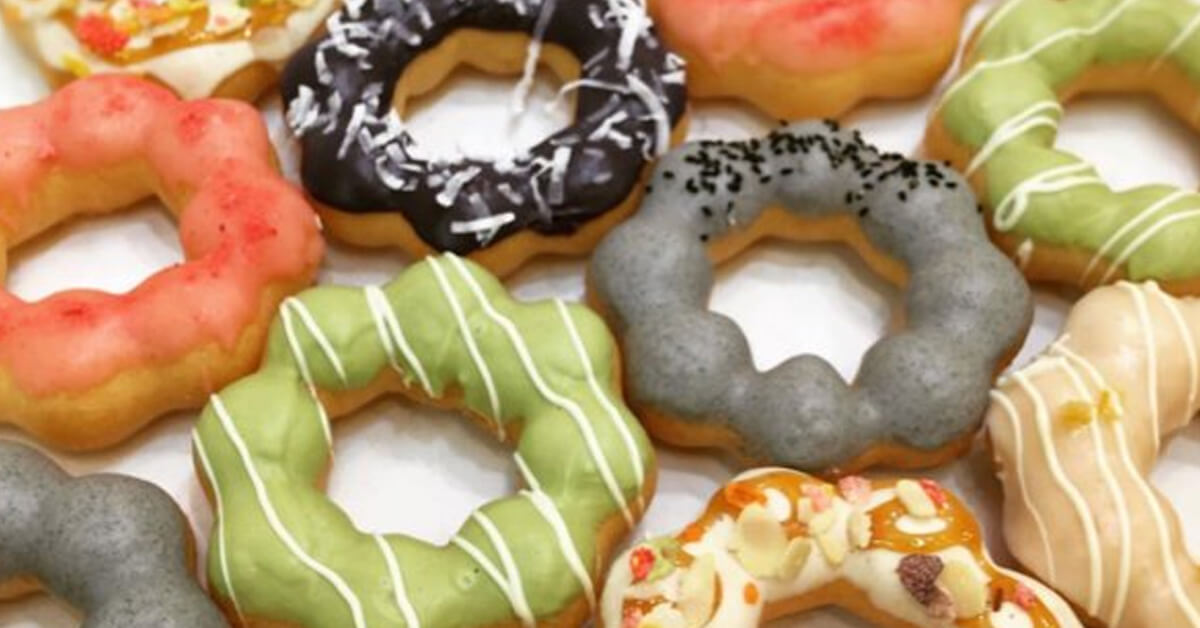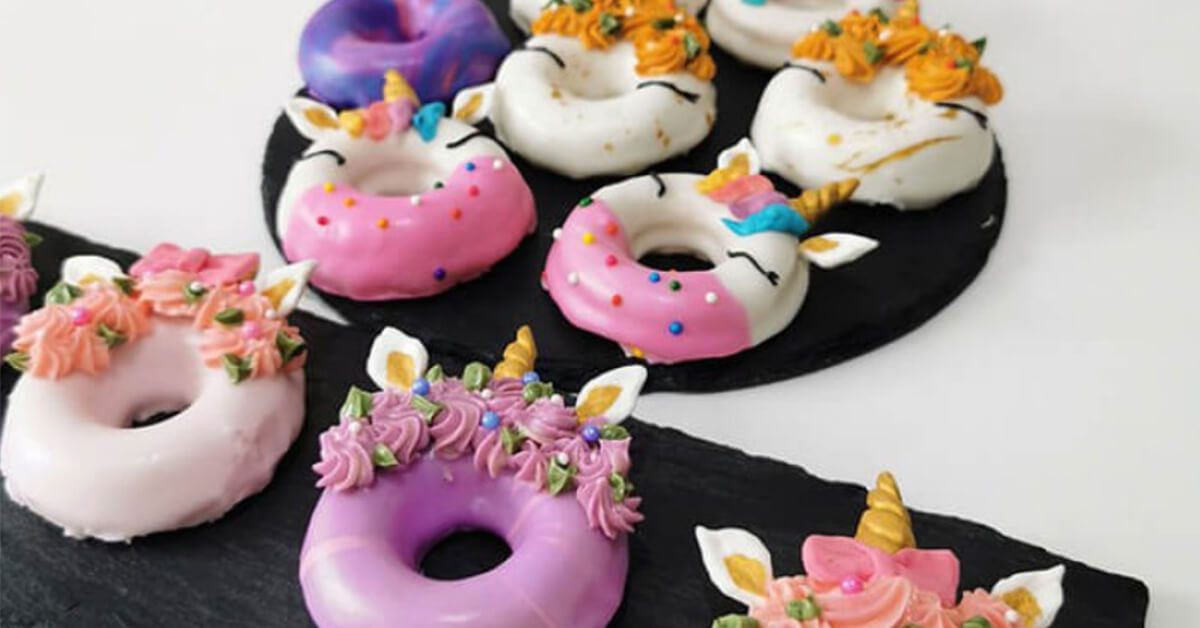Everyone loves doughnuts!
But did you know that there are many different types of doughnuts? It’s not just about what flavour toppings you serve them with. Even using a different kind of flour can make all the difference!
Doughnuts are essentially just deep fried pastry, so you could consider many things as a doughnut. But any true doughnut lover will tell you that they’re special. In this article, let’s learn about a few different types of doughnuts and what makes them so special!
Classic Doughnuts (Yeast-Raised)


(image credit: pexels.com)
The normal kinds of doughnuts that you will be familiar with are yeast-raised, like many other kinds of pastries and breads. After they are moulded and shaped, they are left to proof for a while before frying, topping and decorating.
While you can shape them anyway you want, below are some common shapes that you can find usually basic doughnuts in and what are some of the best things that each shape can give you!
1. Ring Doughnuts
The most common shape of the classic doughnut, it is what makes doughnuts so easily identifiable from all the other kinds of pastries. Surprisingly, there isn’t really a concrete answer for why this classic design has a hole.
It is said that Captain Hanson Gregory created the first doughnut-with-a-hole in 1847 to help the frying of the doughnut. This makes sense as when egg is added into dough, it makes it richer and denser, meaning that there will likely be some difficulty in getting the center of the pastry to cook all the way through.
So what better way to solve the problem of a raw, wet center by not having one in the first place?
2. Doughnut Holes
Of course, once you remove the center of the pastry, you can’t throw them away!
While fried doughnut holes did start off as a way to consume the leftovers from creating the classic doughnut shape, it’s even easier to make! So if you can’t be bothered to go through the process of shaping and designing a proper doughnut, just roll them up into a vaguely spherical shape and you’re done!


(image credit: pexels.com)
Just remember to keep them relatively small or else you’ll get the same issue that the ring doughnuts were supposed to salve in the first place!
3. Filled Doughnuts
Another common variety of the basic doughnut shape is the filled doughnuts. It is also sometimes allied cream-filled doughnuts, however, it doesn’t need to be filled with only cream.
They have a flattened spherical shape which doesn’t puff up the way ring doughnuts do, but that doesn’t make them any less light and airy. After frying they are injected with fillings like Boston cream, chocolate or even flavoured jelly.


(image credit: pexels.com)
They can also be dipped into glazes and have other kinds of toppings as well. The flat surface will give you a great canvas to decorate it as well if that’s something you’re interested in. Take a look at our article here on different decorating methods.
Special Doughnuts
1. Baked Doughnuts (Baking Soda-Raised)
A favourite recipe at My Weekend Plan!
Doughnuts are one of those fried foods that you can actually bake. You will need to use a different recipe from a classic doughnut in order to make sure everything cooks and rises properly in an oven. However, it will largely taste similar to a normal classic doughnut.
Some differences between the classic doughnuts and baked doughnuts use baking soda as a leavening agent instead of yeast. It is also slightly denser than baked doughnuts and don’t brown as darkly as fried doughnuts do.
2.Pon De Ring Doughnuts (Yeast-Raised)
Originating from Japan, the key ingredient that makes a Pon De Ring different from the basic doughnut is tapioca flour. If you’ve ever had bubble tea, you will be familiar with the sweet and chewy tapioca balls that come served with your drinks.


(image credit: boozyburbs.com)
Pon De Rings are famous for it’s puff-ball design that is meant to help you appreciate the chewiness that the tapioca brings. It’s a cute design that is almost flower-like that is very visually appealing and different from the classic doughnut design, but the tapioca flour makes for a stickier dough, so it is a bit more difficult to shape and mould.
3. Mochi Doughnuts (Yeast-Raised)
Many people’s first introduction to the mochi doughnut will likely be from Mister Doughnut stalls. Many people even prefer to have mochi doughnuts rather than Pon De Rings.
Made with glutinous rice flour rather than tapioca flour, mochi doughnuts are dense and chewy, not to mention easier to obtain than Pon De Rings. As previously mentioned, it is sold at Mister Doughnut stalls.


(image credit: gigazine.net)
Authentic Pon De Rings are likely only familiar to people who have traveled to Japan or other places that sell them. It shares the cute puff-ball designs with the Japanese Pon De Ring but it is even more effective here! After all, they are chewier with the puff-ball design really bringing out the fun mouth-feel.


(image credit: pixabay.com)
As you can see, there are so many different ways you can make and appreciate doughnuts! There are even more types of doughnuts like the French Cruller or Long John that we did not get to cover.
One tip for those bakers with tired arms after all that kneading, use a stand mixer with a dough hook attachment. Your electric mixer comes with different attachments to make your life easier after all!
If you’re interested to learn new pastry recipes, take a look at what kind of baking classes we have available! It’s constantly refreshed to keep up with the trends and interests of our customers!


Comment (0)